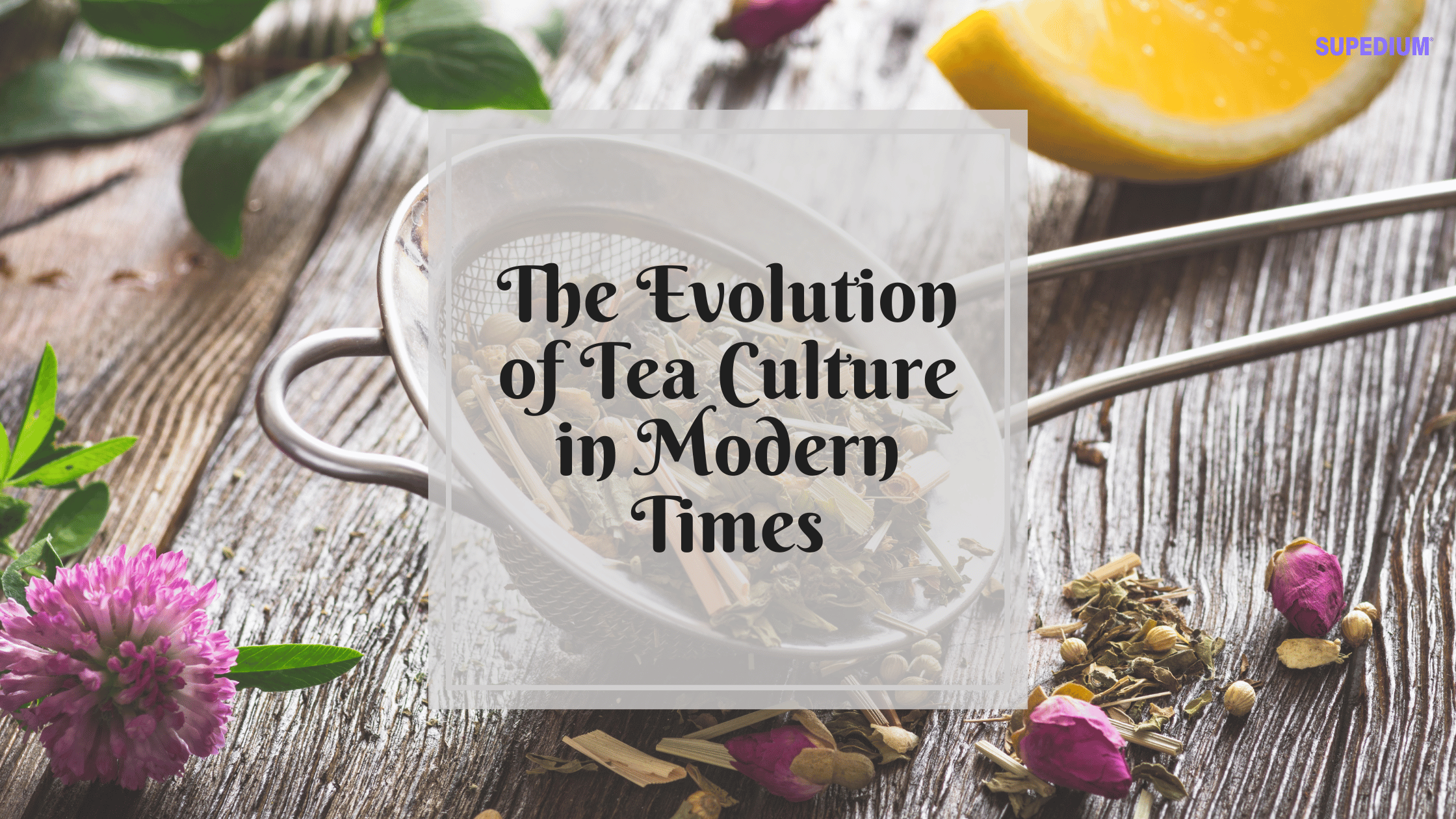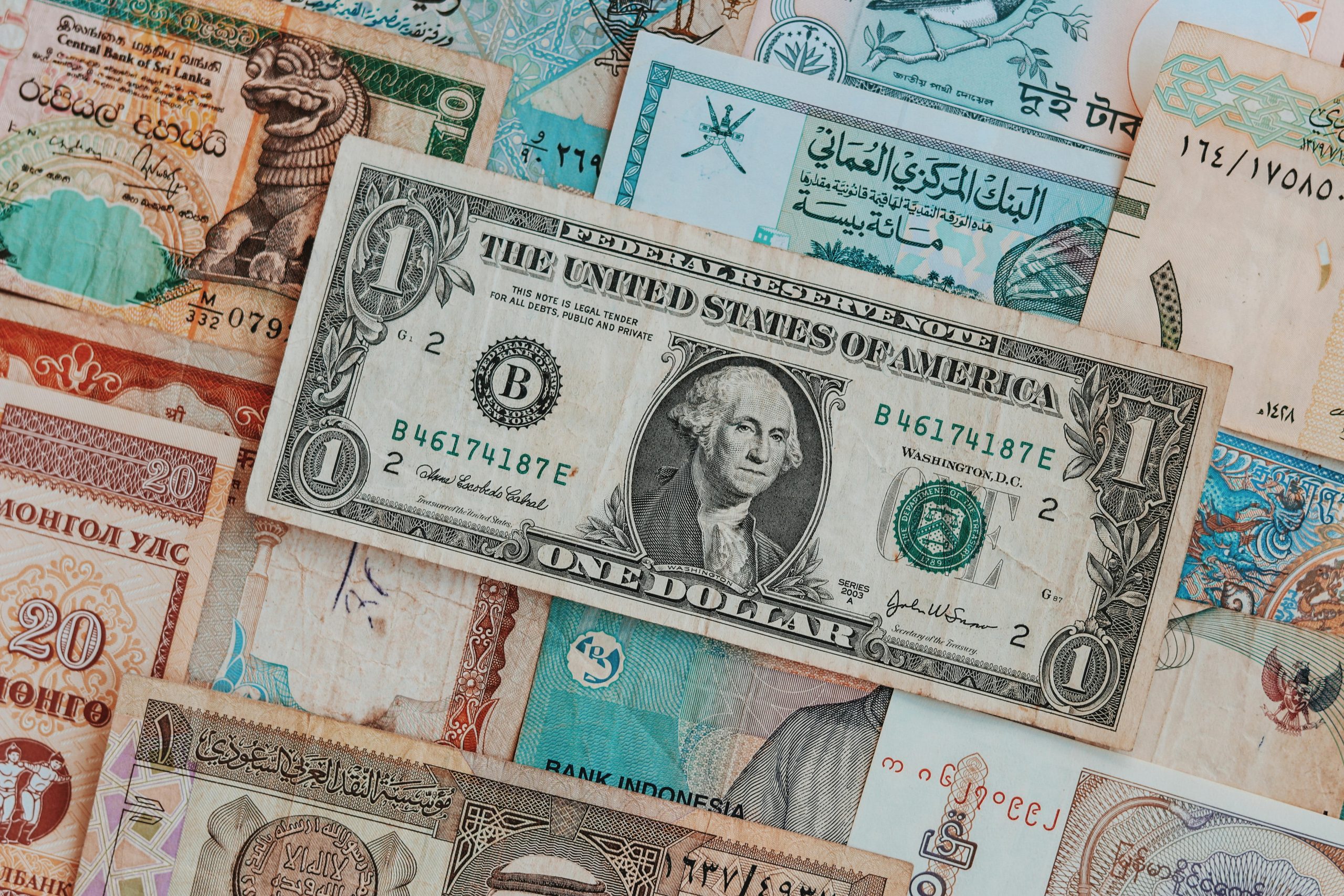Table of Contents
![]()
Tea has long been a beverage that transcends cultures, offering comfort, connection, and tradition. From its ancient origins in China to its present-day global presence, the evolution of tea culture has been shaped by historical events, technological advancements, and modern societal trends. In this article, we explore the fascinating transformation of tea culture in modern times, tracing its journey from traditional customs to the contemporary tea experiences we enjoy today.
Historical Background of Tea Culture
Tea’s Origins
The story of tea begins in ancient China, where legend has it that Emperor Shen Nong discovered the beverage in 2737 BCE when tea leaves blew into a pot of boiling water. Initially used for medicinal purposes, tea soon became embedded in Chinese culture, symbolizing refinement and elegance. The spread of tea throughout Asia, from Japan to India, saw it evolve into an integral part of daily life and spiritual practices.
Tea in Traditional Societies
Tea’s role in society was significant not only for its health benefits but also for its ritualistic and symbolic meanings. In China and Japan, elaborate tea ceremonies developed, with tea preparation becoming an art form. The Japanese tea ceremony, known as chanoyu, emphasizes principles such as harmony, respect, purity, and tranquility. In India, tea was deeply rooted in cultural traditions, especially with the rise of chai (spiced tea) as a daily staple. Similarly, in the United Kingdom, tea became a symbol of class and status, especially during the Victorian era when afternoon tea became a beloved social event.
Global Expansion
The spread of tea was heavily influenced by colonialism, particularly through the British Empire. British traders introduced tea to Europe in the 17th century, and it quickly became a staple in European homes. The East India Company played a pivotal role in establishing tea trade routes, and by the 18th century, tea had firmly embedded itself in Western cultures. This global expansion contributed to the spread of different tea varieties and methods of preparation, which would later merge into the diverse tea culture we recognize today.
Key Factors Influencing the Evolution of Tea Culture in Modern Times
Globalization and the Exchange of Tea Traditions
As the world became more interconnected, tea traditions from various cultures began to blend and influence one another. For example, Western tea-drinking habits combined with Eastern rituals, leading to a fusion of tea practices. The influence of international travel and migration also introduced people to new tea varieties and preparations. In cities around the world, it’s common to find tea shops offering a wide array of international teas, from English breakfast to Japanese matcha, reflecting the globalization of tea culture.
Technological Advances
The development of new tea-making equipment has significantly impacted how tea is consumed in modern times. Electric kettles, tea infusers, and advanced brewing systems have made it easier for people to prepare tea at home. Innovations like the tea bag, introduced in the early 20th century, revolutionized the way tea was consumed, offering a more convenient alternative to loose-leaf tea. Ready-to-drink tea products, including bottled iced teas and canned teas, have made tea accessible to a broader audience, especially those seeking on-the-go beverages.
Health and Wellness Trends
In recent decades, there has been a growing interest in health and wellness, which has driven the popularity of tea. Known for its antioxidant properties and various health benefits, tea has gained a reputation as a natural remedy for a range of conditions. Herbal teas, such as chamomile, peppermint, and ginger, have become popular for their calming and digestive properties. Green tea, particularly matcha, has emerged as a superfood due to its high levels of antioxidants and its potential benefits for metabolism and cognitive function. The rise of organic and specialty teas also reflects the broader wellness movement, as consumers increasingly seek natural, sustainable products.
Social Media and Digital Influence
In today’s digital age, social media has played a significant role in shaping modern tea culture. Platforms like Instagram, YouTube, and TikTok have introduced tea to younger generations, with influencers showcasing unique tea blends, brewing techniques, and tea-related experiences. The visual nature of social media has made tea culture more appealing, with aesthetically pleasing tea sets, colorful teas, and vibrant tea rituals becoming trends. Online communities and blogs have also created spaces where tea enthusiasts share knowledge, review products, and discuss the cultural significance of tea.
Tea in Modern Society
Tea as a Social Activity
In modern society, tea remains a social activity enjoyed by people of all ages. Afternoon tea, once reserved for the elite, has seen a resurgence in popularity, with many cafes and restaurants offering themed tea experiences. Tea parties, once a formal event, have transformed into casual gatherings among friends and family. The act of gathering around a pot of tea continues to symbolize hospitality and camaraderie in many cultures.
Tea in Daily Life
Tea has also found its place in daily life as a comforting beverage. In countries like the UK, China, and India, tea remains a daily ritual, often consumed multiple times a day. For many, tea provides a moment of relaxation and a break from the hustle and bustle of daily life. In the workplace, tea breaks are a cherished tradition, providing a brief respite and a chance to bond with colleagues.
Tea and Sustainability
As sustainability becomes an increasing concern in the modern world, the tea industry has been adapting to meet eco-conscious demands. Consumers are more aware of the environmental impact of their purchases, leading to a rise in organic and fair-trade certified teas. The industry has also moved toward more sustainable practices, such as biodegradable tea bags and reducing packaging waste. Ethical sourcing, where tea farmers receive fair wages and work in safe conditions, is another important aspect of modern tea culture.
The Impact of Modern Innovations on Tea Culture
Tea Trends and Innovations
The modern tea landscape is defined by constant innovation, with new tea trends emerging regularly. Cold brew tea, for example, has become increasingly popular, offering a smoother, less bitter flavor compared to traditionally brewed tea. Bubble tea (boba), originating in Taiwan, has exploded in popularity worldwide, particularly among younger consumers. This trend blends tea with chewy tapioca pearls and a variety of sweet toppings, making it a fun and customizable beverage option. Other modern innovations include matcha lattes, chai lattes, and unique tea blends that cater to different flavor preferences and dietary needs.
Tea in Popular Culture
Tea’s influence extends beyond the kitchen and tea rooms, having permeated popular culture. From novels like Alice’s Adventures in Wonderland to films like The Tea House of the August Moon, tea has been depicted as a symbol of sophistication, mystery, or even whimsy. In recent years, tea has been featured in TV shows and movies as a symbol of relaxation or a social tool, further solidifying its role as a cultural touchstone. The portrayal of tea in media contributes to its contemporary appeal, with many people associating it with self-care and enjoyment.
Tea and Fusion Cuisine
Another significant evolution in tea culture is its integration into modern cuisine. Tea is increasingly being used in cooking and food pairings, with tea-infused dishes and desserts gaining popularity. From matcha-flavored cakes to tea-smoked meats, chefs are experimenting with tea as a flavoring agent. Tea cocktails, combining traditional tea with alcohol, have also become trendy in upscale bars and restaurants, showing how tea continues to evolve in the culinary world.
The Future of Tea Culture
Predictions for Tea Consumption Trends
Looking forward, it is clear that tea culture will continue to evolve alongside changing global trends. As consumers become more health-conscious, plant-based and functional teas are likely to rise in popularity. Alternative beverages, such as plant-based teas (e.g., hibiscus, rooibos), may increasingly compete with traditional tea offerings. Additionally, as younger generations become more interested in sustainability, eco-friendly practices in tea production and consumption will continue to shape the industry.
New Tea Experiences
The future of tea culture may also include more immersive tea experiences, including tea tourism and tea retreats. These experiences could allow consumers to learn about tea cultivation, attend tea ceremonies, and deepen their connection to the beverage’s cultural roots. Virtual tea ceremonies and online tea tastings may also become more widespread, catering to a global audience interested in exploring tea from home.
Global Influences and Cultural Integration
The fusion of different tea traditions will likely continue as global influences merge. Tea culture will remain an important part of cultural exchange, with diverse tea practices enriching one another. With advancements in technology, the future may see even more personalization in tea experiences, with apps and AI tools helping people discover new flavors and pairings tailored to their tastes.
Conclusion
Tea culture has undergone significant transformation in modern times, influenced by globalization, technological advancements, health trends, and social media. From traditional ceremonies to modern innovations like bubble tea, tea continues to be a symbol of relaxation, culture, and connection. As tea consumption continues to evolve, it will remain a vital part of social rituals, health trends, and daily life for generations to come. Whether enjoyed in a traditional setting or with a contemporary twist, tea remains a timeless and versatile beverage, bringing people together across cultures and time.
Share This





Be the first to comment